Universal joints, commonly known as U-joints, are critical components in many vehicles and industrial machinery. Found most often in the driveline of rear-wheel and four-wheel drive vehicles, U-joints allow for the flexible transfer of rotary motion and torque even when the drive shaft is at an angle. Although small in size, their failure can cause significant mechanical problems, safety hazards, and costly repairs.
In this article, we’ll explore what U-joints are, their function, symptoms of failure, diagnostic techniques, and what to do if you suspect a bad U-joint.
What Is a U-Joint and What Does It Do?
A U-joint is a mechanical connection between rotating shafts, which allows them to bend in any direction while transmitting rotary motion. In vehicles, U-joints are typically found on the drive shaft, connecting the transmission to the differential. They accommodate changes in angle and length as the suspension moves.
There are two main types:
Cross-and-bearing U-joints (most common in cars and trucks)
Double Cardan U-joints (used in more heavy-duty applications)
Properly functioning U-joints are essential for:
Smooth rotation of the drive shaft
Maintaining torque transmission
Minimizing vibrations and wear
Common Symptoms of a Bad U-Joint
A failing U-joint doesn’t go unnoticed for long. Below are the most common and serious symptoms to watch for:
1. Clunking Noise
Cause: As the U-joint wears out, excessive play develops.
Where You Hear It: Typically during gear shifts or when switching from drive to reverse.
Why It Matters: This indicates looseness that can soon turn into a failure.
2. Vibrations While Driving
Feel: A rhythmic vibration that increases with speed.
Reason: Worn U-joints can throw the drive shaft out of balance.
Consequence: Prolonged driving in this condition can damage the transmission or differential.
3. Squeaking or Chirping Noise
When: Often when first starting to drive, especially at low speeds.
Why: Lack of lubrication in the joint causes metal-on-metal contact.
Tip: This can be an early warning sign; regular greasing can prevent failure.
4. Visible Rust or Leakage
Observation: Rust on the U-joint caps or leaking grease from the seals.
Indication: The seals are compromised, allowing moisture in and grease out.
Action: Replace or re-grease if caught early; otherwise, replace the joint.
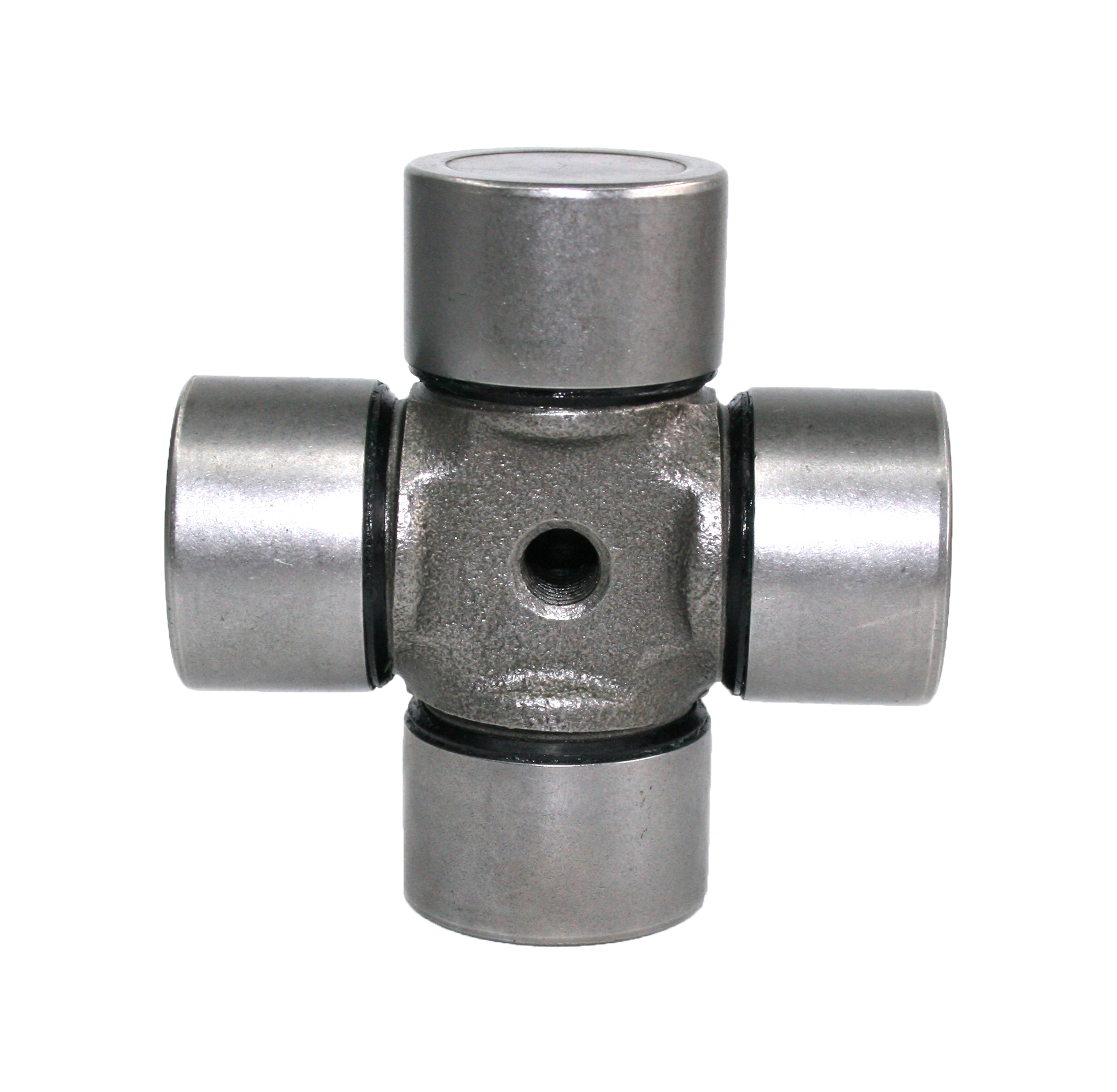
5. Drive Shaft Movement or Slop
Test: Try moving the drive shaft by hand. There should be minimal play.
Warning: Noticeable movement at the U-joint indicates wear and risk of failure.
6. Transmission or Differential Damage
Extreme Case: If ignored, a seized U-joint can damage other drivetrain components.
Sign: Loud bangs, complete loss of drive, or even a broken drive shaft.
How to Diagnose a Bad U-Joint
You can inspect a U-joint at home with basic tools or consult a mechanic for a more thorough evaluation. Here's a step-by-step inspection method:
Step 1: Visual Inspection
Use a flashlight to examine the U-joint.
Look for rust, missing clips, or signs of grease leakage.
Check for uneven wear on the bearing caps.
Step 2: Manual Movement Check
Put the vehicle in neutral (with wheels chocked and brakes applied).
Try rotating and twisting the drive shaft by hand.
Any excessive movement or clicking indicates a worn U-joint.
Step 3: Listen for Noises
Drive at low speeds with the windows down.
Take note of any clunks, squeaks, or grinding noises—especially when shifting gears or accelerating.
Step 4: Check for Vibration
Accelerate and decelerate smoothly.
A consistent vibration that changes with speed, but not engine RPM, points to a drivetrain issue like a U-joint.
Step 5: Lift and Spin Test (Advanced)
With the vehicle on a lift, run the wheels and observe the drive shaft.
A visibly wobbling shaft or clicking sounds usually confirm a faulty joint.
What Causes U-Joint Failure?
Understanding what causes a U-joint to fail can help prevent it:
Lack of Lubrication: Most common cause. Dry joints overheat and wear quickly.
Corrosion: Water intrusion leads to rust and bearing failure.
Overloading or Abuse: Heavy towing, off-roading, or aggressive driving can exceed design limits.
Poor Installation: Misaligned U-joints or unbalanced drive shafts cause premature wear.
Age and Mileage: Like all mechanical parts, U-joints degrade over time.
What to Do If You Have a Bad U-Joint
If You Suspect Early Failure:
Lubricate the joint immediately if it has a grease fitting.
Monitor for worsening symptoms.
If You Confirm It's Bad:
Stop driving the vehicle immediately. A failed U-joint can lead to the drive shaft detaching at highway speeds.
Replace the U-joint with a high-quality replacement. Most mechanics will recommend changing both front and rear joints if one has failed.
Balance the drive shaft after installation to avoid future issues.
Prevention and Maintenance Tips
Grease U-joints regularly—especially on trucks, 4x4s, or vehicles used off-road.
Inspect the drive shaft and joints during routine maintenance.
Don’t ignore early symptoms. Acting quickly can save major repair bills.
Conclusion
A bad universal joint can transform from a minor annoyance into a catastrophic failure. By understanding the warning signs—clunking, vibrations, squeaking, or visible wear—you can catch the problem early. Regular inspection and maintenance are key to keeping your drivetrain smooth and reliable.

 English
English Español
Español 中文简体
中文简体


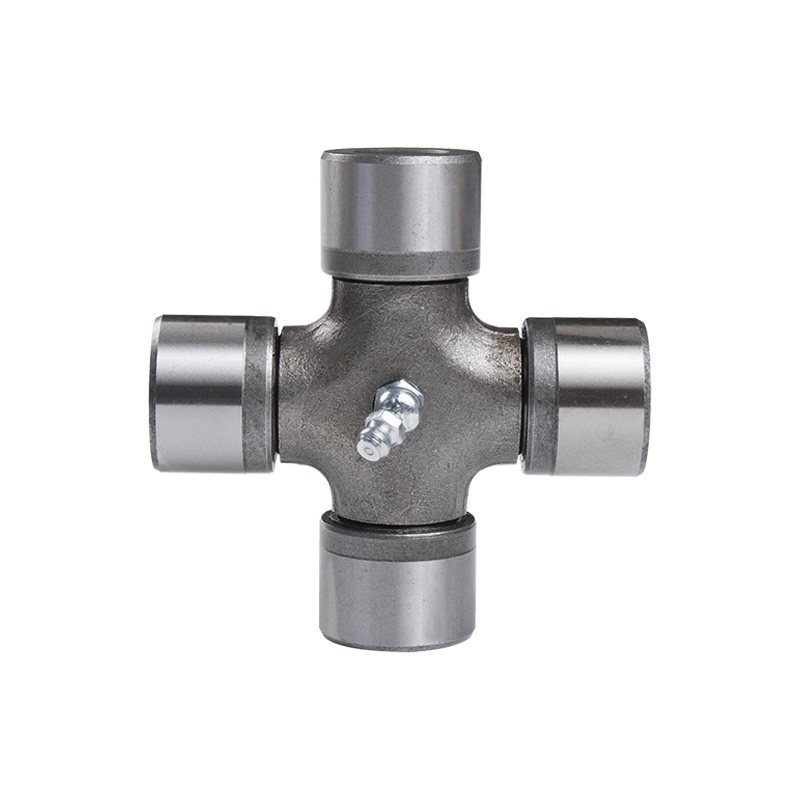
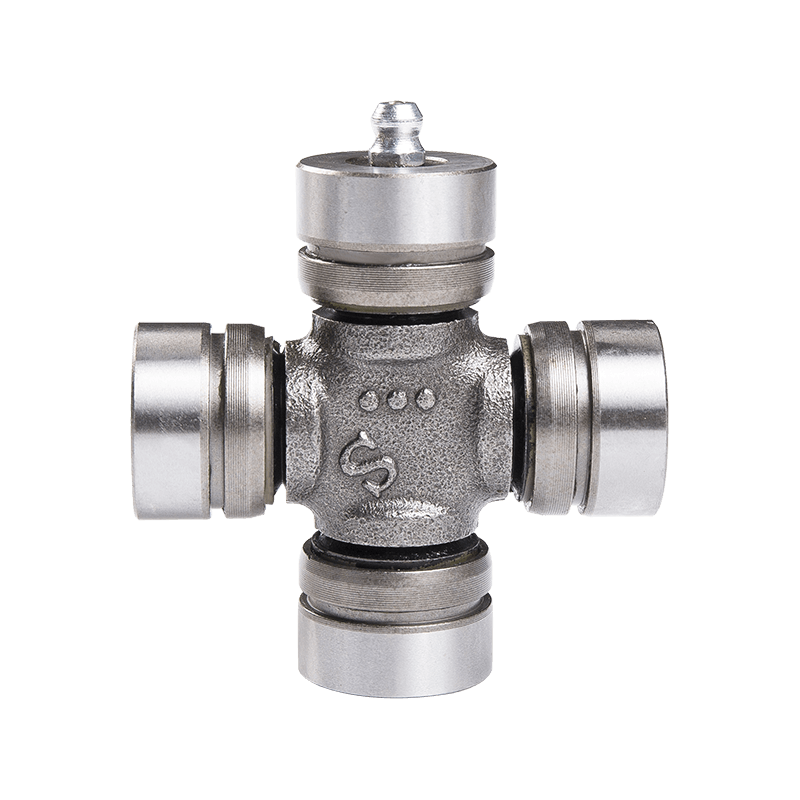
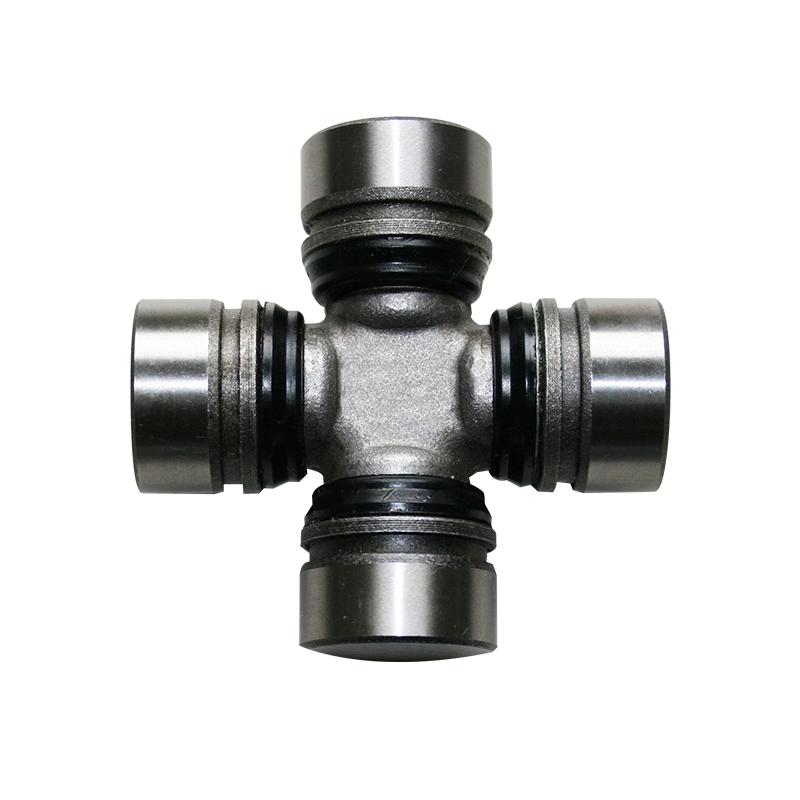

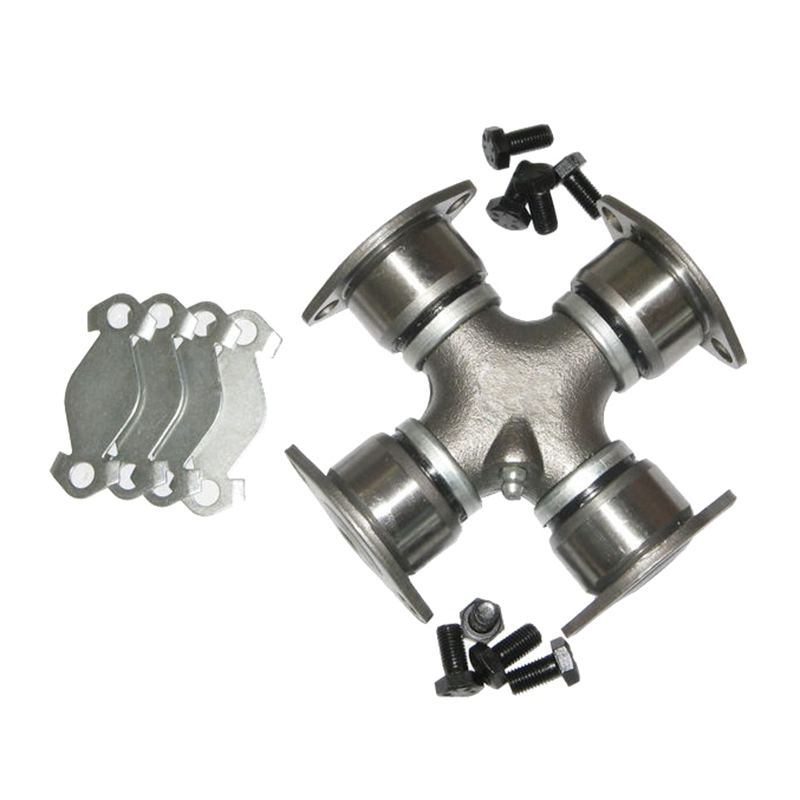
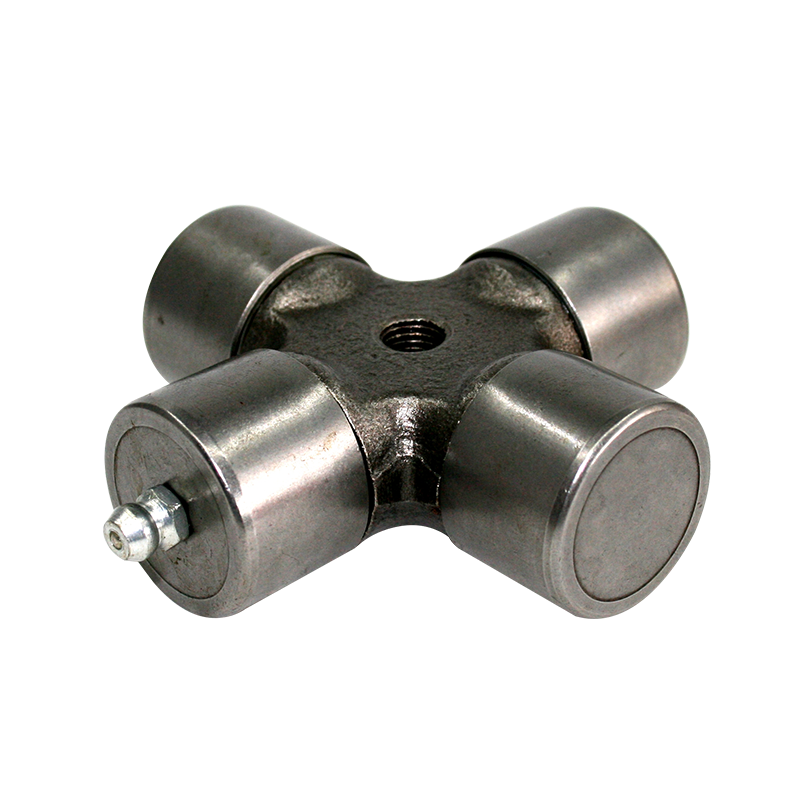

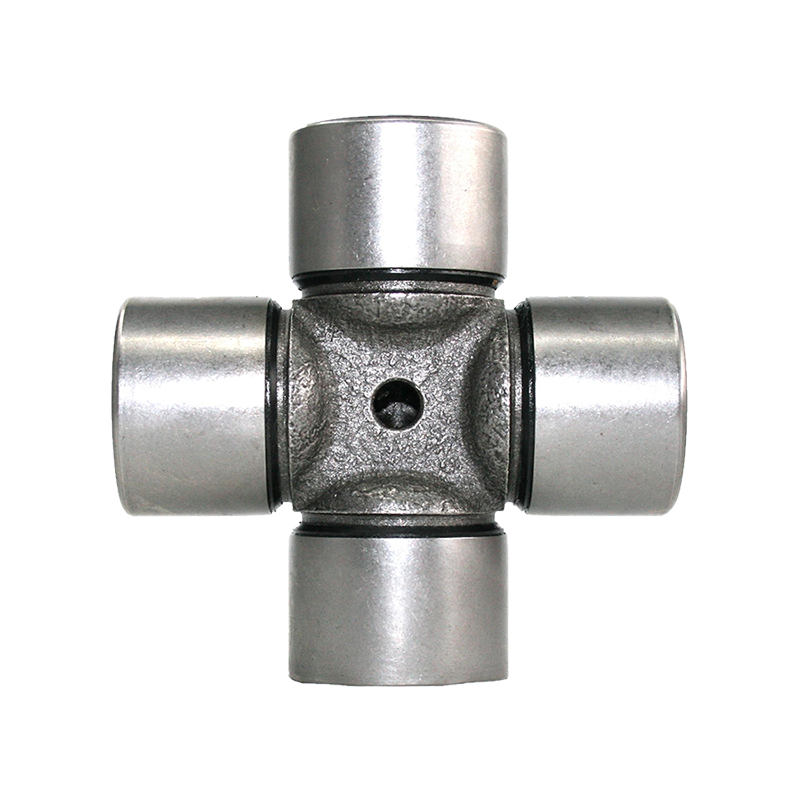
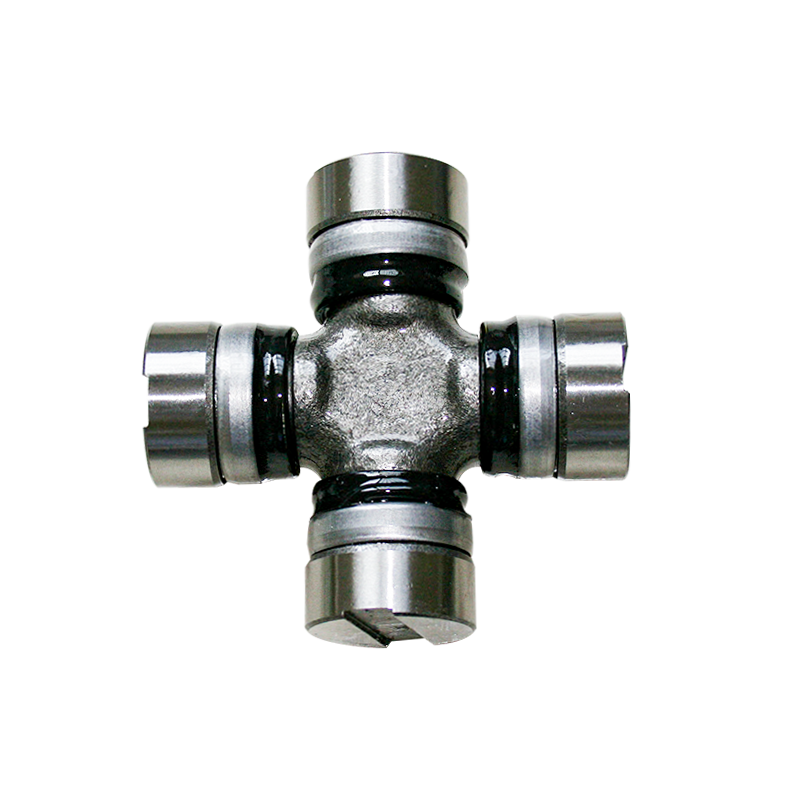

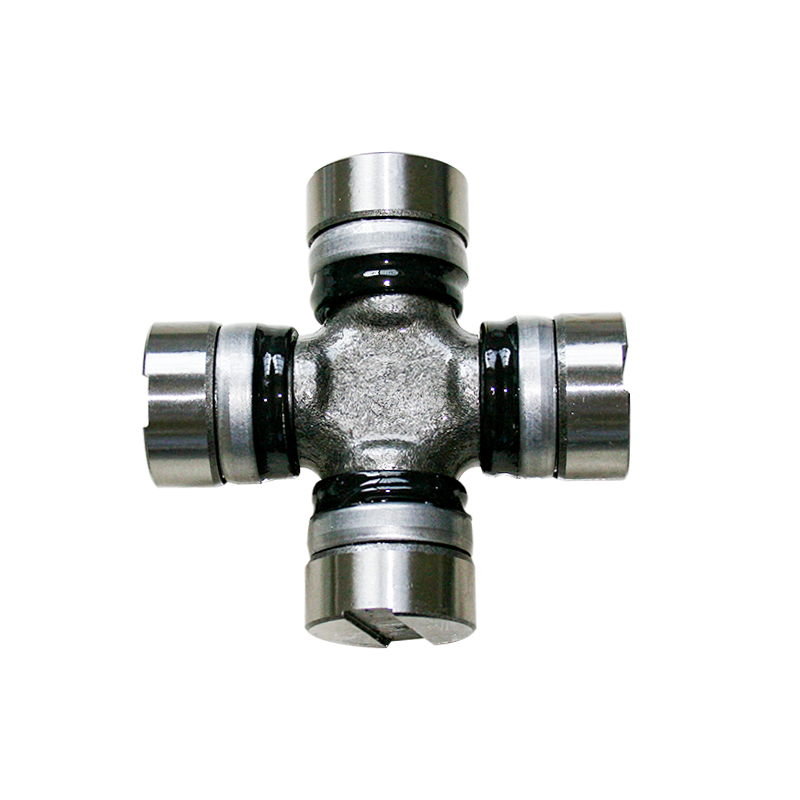




Contact Us